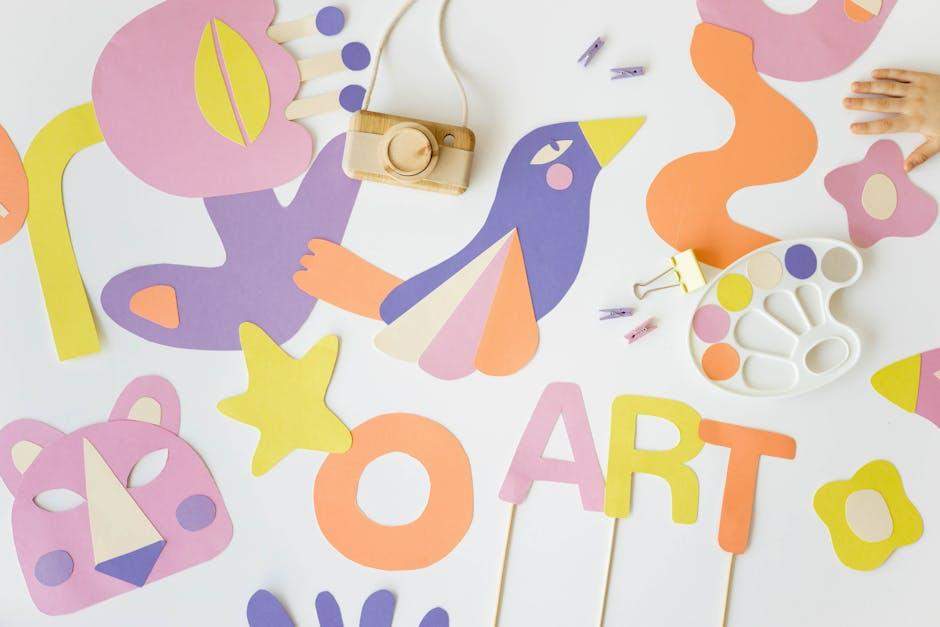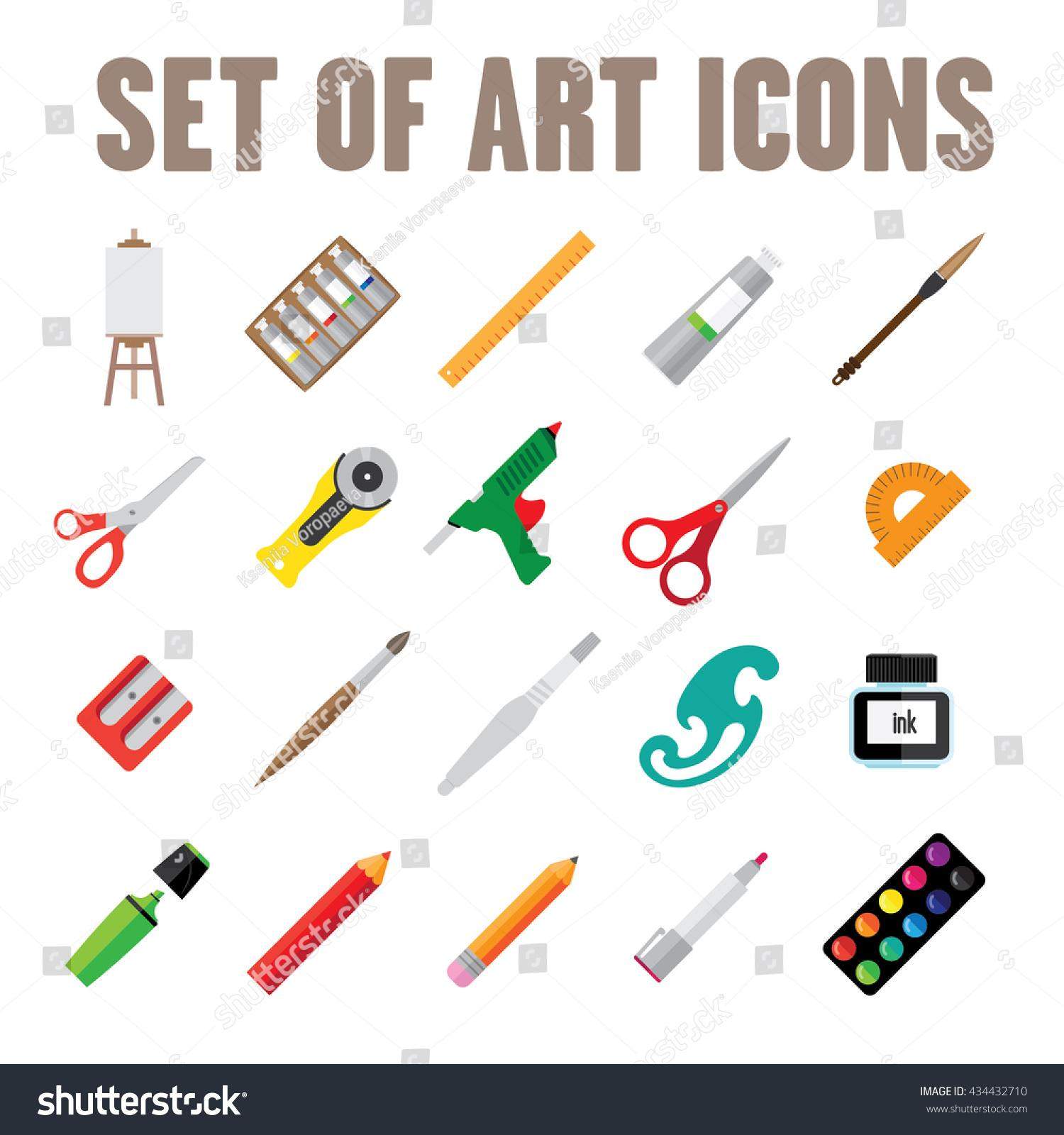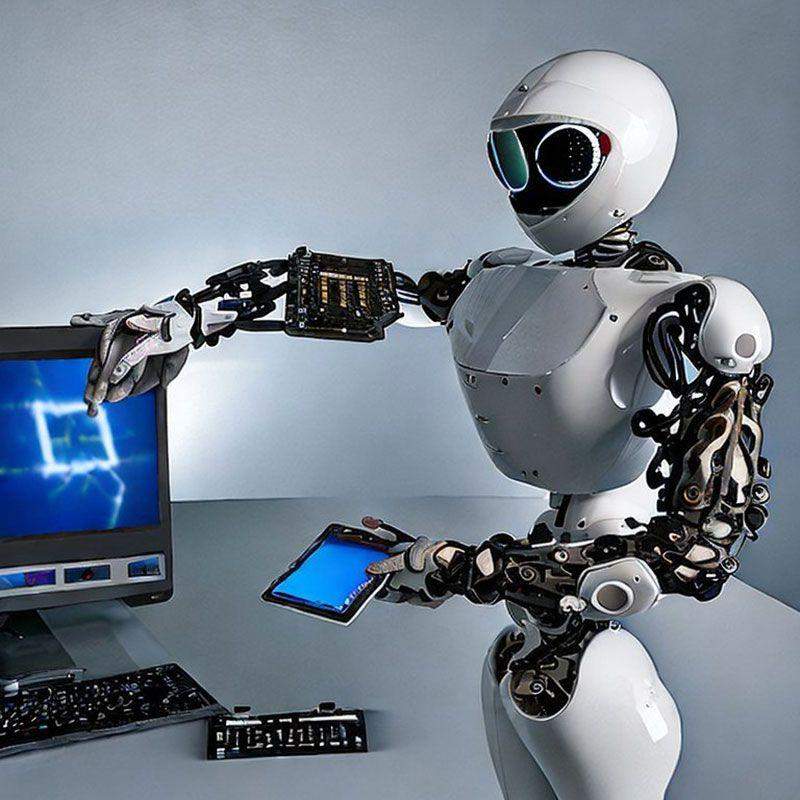In a world where technology continuously reshapes the landscape of creativity, artificial intelligence is emerging as a revolutionary force in the realm of art. Gone are the days when human artists were the sole creators; now, AI image generation is offering innovative tools and techniques that challenge traditional boundaries and inspire fresh perspectives. In this listicle, we’ll explore four captivating ways AI image creation is transforming the artistic landscape. From enhancing artistic processes to expanding the horizons of visual storytelling, you’ll discover how these advancements are not only redefining what can be created but also how we engage with art itself. Prepare to delve into a realm where algorithms meet imagination, reshaping our understanding of creativity in the most fascinating ways.
1) Enhanced Collaboration Between Artists and AI: Traditional artists are discovering new ways to collaborate with AI tools, enabling them to combine their unique visions with the expansive creativity of algorithms. This partnership not only enriches the artistic process but also leads to innovative and unexpected artworks that push the boundaries of imagination
As the boundaries between technology and creativity blur, artists are embracing AI tools to elevate their craft in ways once thought impossible. By integrating AI algorithms into their creative processes, traditional artists are finding themselves in a collaborative dance with technology. This synergy permits artists to explore vast realms of creativity, allowing for the inception of unique styles and techniques that combine human intuition with algorithmic novelty. Through this partnership, artists can tap into the nuanced capabilities of AI, leading to artworks that fuse personal vision with machine-generated inspiration.
The results of this collaboration are breathtaking and often unpredictable. Artists are increasingly experimenting with AI in numerous ways, such as:
- Dynamic Brushstrokes: Using AI to generate brushstrokes based on their previous works, creating a seamless integration of style and technique.
- Color Harmonization: AI assists in blending colors perfectly, offering palettes that artists might not have envisioned alone.
- Concept Generation: Collaborating with AI to explore innovative themes and concepts that push the boundaries of traditional art.
| Collaboration Aspect | Artist’s Role | AI’s Contribution |
|---|---|---|
| Idea Development | Conceptualize themes | Generate varied interpretations |
| Technique Exploration | Implement techniques | Suggest new methods |
| Final Composition | Make aesthetic choices | Provide layout suggestions |

2) Democratizing Art Creation: AI image generation tools are making art more accessible to everyone, regardless of skill level. With user-friendly interfaces and instant results, individuals can easily create their own visual masterpieces, fostering a new generation of artists and allowing more people to express themselves creatively
In an era where creative expression knows no bounds, AI image generation tools are redefining accessibility in artistic endeavors. These innovative platforms operate with intuitive interfaces that require little to no artistic training, allowing anyone with a spark of imagination to bring their visions to life. Users can simply input concepts, adjust parameters, and watch as their ideas transform into stunning visual representations. This process not only empowers individuals to create their own masterpieces but also encourages a democratic approach to art, where everyone—regardless of background or experience—can participate in the artistic dialogue.
The impact of these tools is particularly significant for emerging artists who may feel intimidated by traditional methods. Thanks to features like instant results, users can experiment without fear of judgment or failure. Those who might have previously shied away from painting, drawing, or graphic design can now explore their artistic inclinations freely. As a result, we witness an exciting shift where a broader spectrum of individuals is discovering and honing their creative talents, leading to a vibrant community of new artists and diverse artistic landscapes.

3) Expanding the Aesthetic Language: The algorithms powering AI art generation are capable of blending styles, techniques, and cultural influences from around the world. This fusion creates a rich tapestry of visual languages, challenging traditional notions of originality and opening up exciting dialogues about cultural appropriation and artistic influence
As AI art generation continues to evolve, its algorithms excel at synthesizing diverse styles and techniques from various cultural heritages. The outcome is a stunning blend that results in an entirely new visual language, breaking down the barriers that once strictly defined artistic disciplines. Consider the following elements:
- Cultural Fusion: By integrating motifs from African textiles, Japanese woodblock prints, and European Renaissance painting, AI art can produce complex compositions that celebrate global traditions.
- Technique Interplay: The marriage of abstract expressionism with realism or digital collage creates hybrid forms that challenge viewers’ expectations.
- Stylization Challenges: Traditional definitions of homage versus appropriation become fuzzier, inviting discourse on the legitimacy and ethics of influence in art.
This rich tapestry of influences invites artists and audiences alike to explore the implications of such a versatile aesthetic language. The way AI combines these elements often leads to unexpected revelations about artistic originality, pushing creators to ponder the following:
| Cultural Influences | Artistic Techniques | Implied Dialogues |
|---|---|---|
| Indigenous Patterns | Digital Painting | Rediscovery vs. Misuse |
| Surrealism | Photomanipulation | Formation of New Realities |
| Ming Dynasty Porcelain | 3D Modeling | Tradition vs. Innovation |
Ultimately, the convergence of styles through AI art generation not only enhances the visual experience but also fosters a deeper understanding of how we perceive artistic merit and heritage. This intersection poses profound questions about the nature of creativity itself, encouraging continued exploration into what it means to create in a globally interconnected world.

4) Redefining Art Ownership: As AI-generated images continue to gain popularity, the conversation around art ownership is evolving. Questions about authorship, copyright, and the value of AI art are prompting artists, collectors, and legal experts to navigate uncharted territory, potentially reshaping the very definition of what it means to be an artist in the digital age
The rise of AI-generated images is igniting a captivating dialogue about who holds the brush—or rather, the code—in the realm of digital art. As these powerful algorithms churn out stunning visual compositions, they challenge long-held beliefs about authorship and integrity in the art world. Artists and collectors are left pondering whether the artist behind the AI or the AI itself should be credited as the creator. This new wave of technology is prompting key conversations among industry professionals, leading to a vital reassessment of the role that human creativity plays when machines can perform artistic tasks.
In the quest to redefine ownership, important questions surrounding copyright and value are also at the forefront. Who profits from the sale of AI-generated art? Is it the programmers, the users, or the AI developers? Furthermore, as art becomes increasingly digitized, some argue that traditional metrics of valuation, such as originality or the artist’s intent, may begin to lose their significance. The table below summarizes insights from various stakeholders navigating this complex landscape:
| Stakeholder | Perspective |
|---|---|
| Artists | Concerned about the loss of their unique identity and the value of human creativity. |
| Collectors | Questioning the worth of AI art and how to classify it in their portfolios. |
| Legal Experts | Seeking frameworks to legislate copyright laws in relation to AI outputs. |
Final Thoughts
As we bid farewell to our exploration of the captivating ways AI image creation is transforming the world of art, it’s clear that technology is not just a tool; it’s a muse, a collaborator, and sometimes even a catalyst for change. Each of the four avenues we’ve traversed shines a light on the robust connection between human creativity and machine intelligence, illustrating how they can dance in harmony rather than in competition.
From redefining the boundaries of traditional artistry to sparking new dialogues about authorship and authenticity, AI continues to challenge our perceptions and inspire innovation. As we look to the future, one thing remains certain: the canvas of creativity is expanding, and the palette now includes shades of algorithms and data.
So, whether you’re an artist looking to experiment, a tech enthusiast curious about the intersection of creativity and code, or simply someone intrigued by the evolution of art, remember that this is just the beginning. The journey of AI in art is unfolding, and the possibilities are as limitless as imagination itself. Stay curious, stay inspired, and who knows? The next great masterpiece might just be a click away.




